Premium Only Content
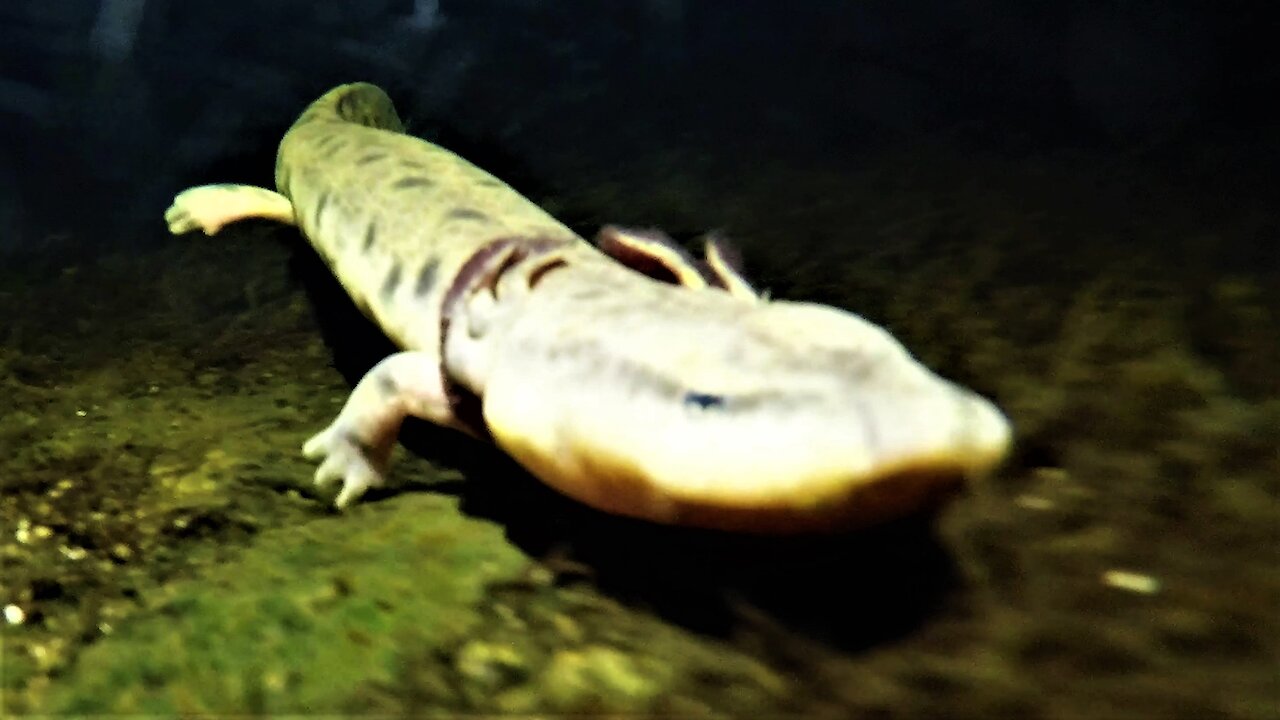
Researchers find bizarre creatures active under ice
Mudpuppies are the biggest members of the salamander family and one of the most bizarre creatures in North America. Most creatures feed more in warm weather, eager to store fat for the winter when they are less active. But The mudpuppy does the opposite. It remains dormant in the summer, hiding under rocks or logs, buried in the mud, or moving slowly through rivers and creeks. They hardly feed during the warmer weather and it is then that they rely on the fat stores that they have built up in winter.
This cold water feeding behavior works to their advantage as the animals that they prey on are far less mobile and cannot easily escape. Mudpuppies have a substance in their bodies that prevents them from freezing. This allows them to be active in water that is close to, or below the point of freezing. During frigid cold in North America, these animals can be found hunting at night in almost all moving water, or water that is deep enough to avoid freezing.
The mudpuppy is unique in several other ways as well. They have the ability to absorb oxygen through their pores so that they can survive underwater, but they also have external gills that they fan out to capture even more oxygen from their surroundings. This is important in such a large salamander because the ratio of surface area to body mass decreases as an animal increases in size.
While other salamanders metamorphosize and leave the water to live on land, these salamanders never complete this cycle. They remain in the water and do not become land dwellers. Bizarre looking creatures, they waddle along the bottom using tiny, clumsy legs. They also swim with large, well developed tails that make them well adapted to life on moving water. Mudpuppies spend the day under rocks or in crevices and they come out in the dark to hunt.
These researchers are capturing and studying mudpuppies in an effort to collect data on their numbers and their growth. Mudpuppies are measured, weighed and examined and then they are promptly released unharmed. These studies are essential to understanding the overall health of a body of water and the species that live there.
-
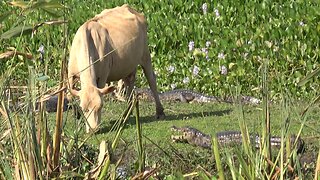 1:26
1:26
WildCreatures
1 month ago $6.49 earnedCow fearlessly grazes in crocodile-infested wetland
60.2K9 -
 0:53
0:53
WildCreatures
6 years ago $7.64 earnedBizarre porcupine fish's face looks disturbingly human
3.45K1 -
 1:30
1:30
WildCreatures
6 years ago $12.94 earnedScuba diver encounters incredibly bizarre underwater animal
58.1K2 -
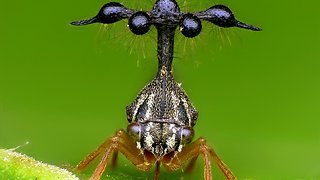 2:19
2:19
EcuadorMegadiverso
7 years agoBizarre rainforest insect resembles a helicopter
102K -
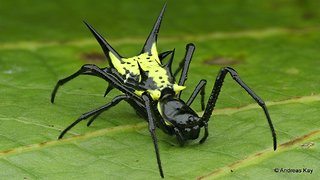 1:20
1:20
EcuadorMegadiverso
7 years agoRainforest houses colorfully bizarre spiny orb-weaver
7.73K -
 3:01
3:01
ViralHog
7 years ago $0.10 earnedMassive Python Retrieved from Under House
305 -
 1:29
1:29
WildCreatures
6 years ago $0.90 earnedBizarre hogfish puts on close-up show for scuba divers
3.45K2 -
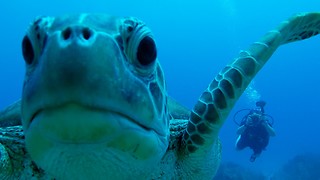 2:05
2:05
WildCreatures
7 years ago $1.35 earnedBreathtaking footage of earth's most ancient creatures
2.58K5 -
 1:07
1:07
WildCreatures
6 years ago $0.52 earnedGalapagos marine iguanas are one of nature's most unusual creatures
6.92K -
 1:44
1:44
WildCreatures
6 years ago $0.27 earnedStrange salamander is one of the most unusual creatures in North America
2.33K